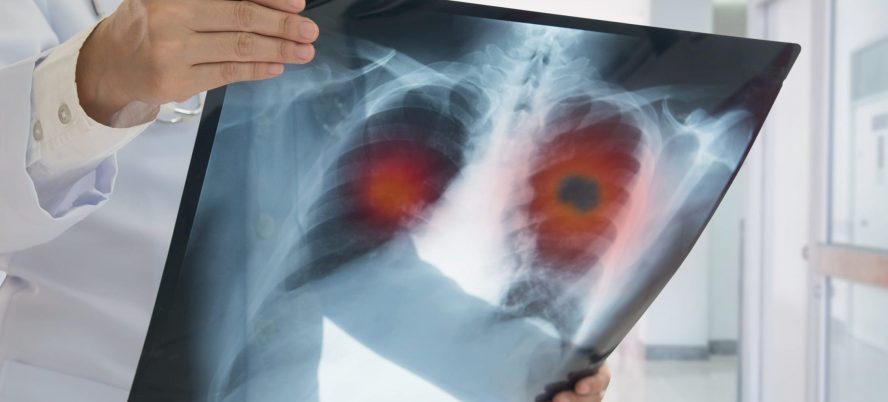Pulmonary Fibrosis Awareness Month highlights importance of early diagnosis: GlobalData
The awareness month underscores the need for early diagnosis and ongoing research for better treatment options
September is observed as Pulmonary Fibrosis (PF) Awareness Month every year to bring awareness to a disease in which the lungs become scarred. PF can lead to progressive decline in lung function, and idiopathic pulmonary fibrosis (IPF) is a type of PF with no known cause or cure. IPF affects approximately 128,000 people in the US annually, with about 48,000 new diagnoses each year and 40,000 deaths attributed to the disease. As such, early diagnosis of the disease is important as it can be helpful in delaying its progression, according to GlobalData.
Diagnosing PF can be a lengthy process from the time of symptom onset to the official diagnosis. Methods of diagnosing PF include chest imaging, such as x-rays and CT scans, in which clinicians can look at lung structure and scar tissue. Other diagnostic methods include pulmonary function test, exercise test, six-minute walk test, and lung biopsy.
Alexandra Murdoch, Senior Medical Analyst at GlobalData, comments, “Early detection of PF is really important, so understanding the symptoms is crucial for patients to be able to seek a diagnosis as soon as possible. Common symptoms of PF include a persistent cough that lasts more than three months, shortness of breath, ongoing fatigue, and unintended weight loss.”
Currently, treatment options for PF primarily aim to slow disease progression rather than reverse lung damage and scarring. The anti-fibrotic medications, pirfenidone and nintedanib, are approved therapies that target the biological processes involved in lung scarring. Additionally, oxygen therapy is needed in many PF cases because, as the disease progresses, the patients’ lungs will get smaller and stiffer, and oxygen levels will begin to decrease.
Oxygen therapy includes oxygen concentrators and portable oxygen tanks, both of which can provide patients with supplementary oxygen. Mechanical ventilation equipment can also be used in the treatment of PF, such as a non-invasive option like a BiPAP to assist patients with breathing difficulties, or intubation in more severe cases.
The only cure for PF is a lung transplant. However, the operation is complicated and comes with many risks, and some patients may not be eligible for a lung transplant. While many other treatment options are available, none stop the disease, and thus the need for new treatment options is critical.
There are several promising new treatment options under investigation, including FIBRONEER by Boehringer Ingelheim, which is showing potential in clinical trials for slowing lung scarring and reducing inflammation. Bexotegrast is an oral medication by Pliant Therapeutics currently being tested to reduce lung fibrosis over a 52-week period, and Ifetroban is in a Phase II study, being evaluated for its ability to prevent and resolve lung fibrosis.
Murdoch concludes, “PF poses significant challenges due to its rapid progression and high mortality rates. While current treatments provide some hope, ongoing research into new therapies offers potential for better management and outcomes for patients.”
- Advertisement -


